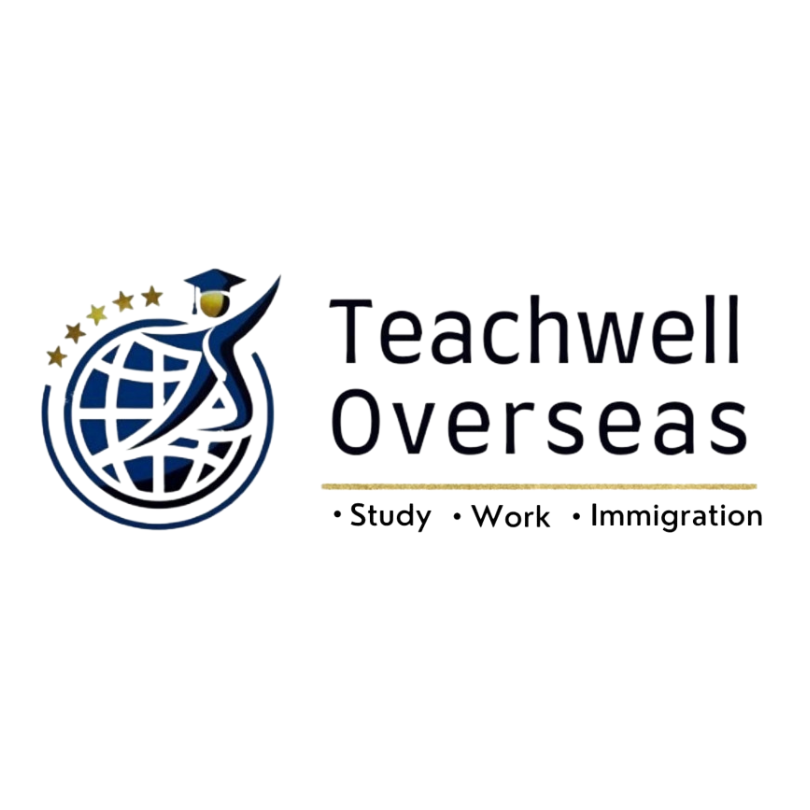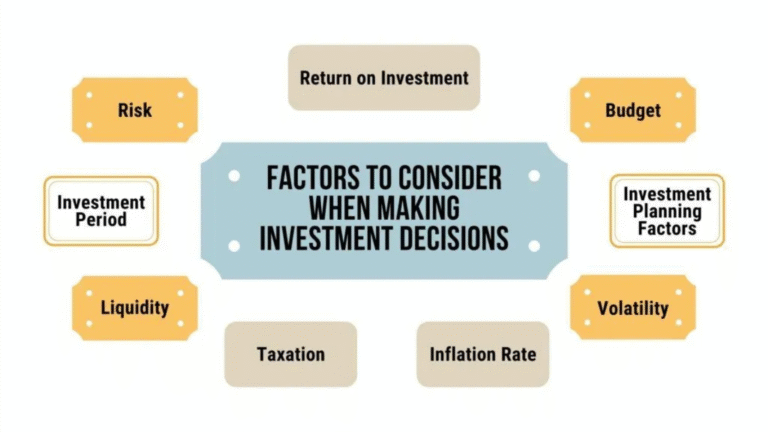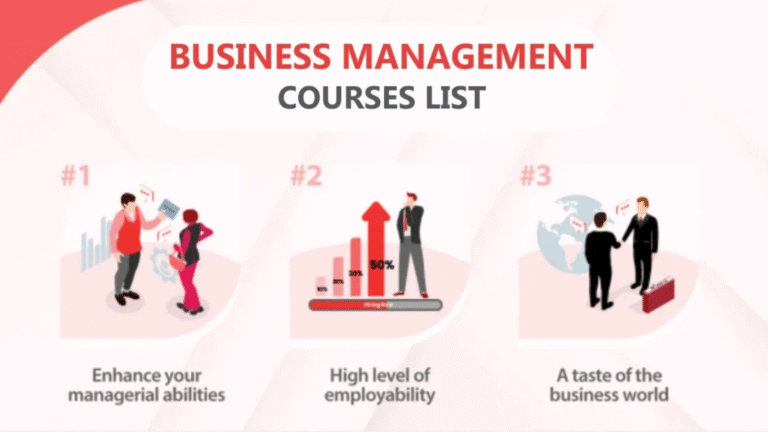Study Abroad Consultants In Delhi
- support@teachwell.co.in
- +91 93103 80899
- support@teachwell.co.in
- +91 93103 80899

How to Choose the Right Study Destination Based on Your Field of Interest
Studying abroad is desirable for millions of students around the world. It means not just having the chance to obtain a top-notch degree, but also discovering new cultures, developing a network around the world and strengthening career paths. However, the journey begins with one of the most important decisions you will make: which study destination to choose.
With thousands of universities in dozens of countries providing high-quality education, trying to find a destination can be a daunting task. While tuition fees, cultural fit, and post-study opportunities affect your decision, nothing can have more impact on your future than aligning your country and school choice to your fields of interest.

Your specific field will dictate not only the resources, faculty, industry connections, and job market post-graduation, but also the unique experience you will have while studying. A student of medicine, for instance, may excel in the structured medical programs in the UK, while an engineering student may be best served with programs linking technical education and the industry in Germany. Similarly, a student in the creative arts may feel more engaged by studying in creative hubs, like London, Paris, or Milan, rather than traditional STEM (science, technology, engineering and mathematics) focused study hubs.
This blog will examine and unpack how you can choose an appropriate destination for your higher education, liaising with your field of study. We will explore, amongst other things, what is meant by aligning your studies with your field, evaluations of popular countries for distinctive fields of study, and finally how to navigate your decision-making step-by-step.
Why Choosing a Destination Based on Your Field of Interest Matters
When students begin researching study abroad options, many focus on factors like country rankings, affordability, or lifestyle. While these are important, your academic and professional outcomes are most influenced by how well your destination aligns with your field.
Benefits of Aligning Your Destination with Your Field of Interest
Access to Expert Programs
Countries are recognized for their strengths in various academic fields. For instance, the US is the most prestigious for business and technology, Germany ranks number one for engineering, and France is the most notable for fashion and luxury management. By choosing to study in a country that has expertise in your field of study, you’ll gain access to prestigious programs and excellent resources.
Relevancy of Industry Exposure and Internships
A major part of studying abroad is learning through experience. By choosing your study destination wisely, you’ll be exposed to more internships, and professional development within the surrounding community. For example, if you are studying finance, consider choosing London or Singapore so you find yourself closer to global financial centers.
Research and Innovation Opportunities
If your career trajectory is research based, the US, UK and Australia are countries with much more funding opportunities and research infrastructure in STEM/healthcare. Choosing alignment with your research interests can expedite academic career endeavors.
Post-Study Work Opportunities
Some degree majors are populated by professionals sought after in specific countries. For example, if you are interested in IT or environmental sciences Canada has high demand in those industries, or if you are getting a degree in healthcare or nursing, Australia tends to have the capacity for new eligible workers.
Cultural and Professional Relevance
Being in a country that values and invests in your discipline enriches your learning experience. For example, an art student in Florence or Paris can directly immerse themselves in centuries-old artistic traditions.
In short, anchoring your decision to your field of interest ensures your investment of time, money, and effort pays off in the long run.
Masters Abroad Guide – Explore top programs and destinations based on your field of interest.
Key Factors to Evaluate Before Choosing a Destination

Although you should prioritize your academic field above other factors, elements related to the academic program, its reputation, and the cost of education and living, affect your overall academic experience. These aspects are outlined below:
1. Academic Reputation
View rankings at the national- and/or university-level rankings to assess the department. University-level rankings are somewhat helpful but research-related subject rankings (like QS World Rankings by Subject) should provide a more accurate read of the program’s academic strengths.
2. Cost of Education and Living
Every destination is going to be different in terms of the cost of education. American universities are known to cost a lot of money, but countries like Germany, Norway, and France may offer low tuition or no tuition. Keep in mind the cost of living on top of the cost of education. London and New York are going to cost a lot more money than smaller student minded Canadian or German cities.
3. Funding and Scholarships
Numerous countries and universities provide scholarships that are geared towards international students in priority areas. Research options like Erasmus Mundus (Europe), DAAD (Germany), and Fulbright (US).
4. Language of Instruction
English is widely spoken in locations such as the US, UK, Canada, and Australia. However, for example, Germany, France, or Japan may require students to know the local language for some programs.
5. Opportunities for Work Post Study
Look at visa rules. Countries like Canada, Australia and the UK now offer post-study work permits for 2–3 years, offering an opportunity to stay longer and proceed with a career plan.
6. Lifestyle and Culturally Compatible
Studying abroad is not only about education, it is also about how well you fit into the new environment. Some students like cross-cultural Canada, some students prefer heritage Italy or France.
QS Subject Rankings – Compare global universities and find the best fit for your chosen field.
Choosing a Study Destination Based on Your Field of Interest
Now let’s explore some of the world’s most popular study destinations based on specific fields
1. STEM (Science, Technology, Engineering, and Mathematics)

United States
Strengths: Home to elite institutions such MIT, Stanford and Caltech. Strong collaborations with industries in IT, Aerospace and Biotech.
Opportunities: Synergy with Silicon Valley and other global tech capital. Lots of large research funding and innovation ecosystems.
Challenges: Fees are very expensive and a very competitive admissions process.
Germany
Strengths: Mechanical, automotive, and industrial engineering are well known. Public universities have low or no tuition.
Opportunities: Close ties to companies like BMW, Siemens, Bosch, etc. Engineering graduates have a high rate of employment in the workforce.
Challenges: Language is a factor outside of English-speaking degree options.
Canada
Strengths: Excellent background in computer science, artificial intelligence and environmental studies.
Opportunities: Immigration policies are favorable, and there is strong AI research in places like Toronto and Montreal.
Challenges: Harsh winters and high cost of living in major cities.
Australia
Strengths: Biotechnology, environmental sciences, and marine studies.
Opportunities: Access to the Great Barrier Reef for research, government investment in STEM fields.
2. Business and Management
United States
Strengths: Top MBAs and business schools (Harvard, Wharton, Stanford).
Opportunities: Internships with Fortune 500 companies, high ROI for MBAs.
Challenges: Extremely competitive admissions and high tuition fees.
United Kingdom
Strengths: Highly regarded schools such as the London Business School and Oxford Saïd.
Opportunities: Exposure to the international financial hub which is London.
Challenges: High cost of living.
France
STRENGTHS: Recognized for high–quality luxury brand management, fashion, and hospitality.
OPPORTUNITIES: INSEAD and HEC Paris are ranked among the top in the world.
CHALLENGES: Requirement of the French language in some cases.
Singapore
Strengths: Strategic Asian business hub with schools like NUS and NTU.
Opportunities: Strong links with finance, trade, and multinational companies.

3. Medicine and Healthcare
United States
Strengths: Advanced facilities and top medical schools (Johns Hopkins, Harvard).
Opportunities: Cutting-edge research and high-paying residencies.
Challenges: Extremely expensive, long training duration.
United Kingdom
Strengths: Globally recognized medical programs with structured training.
Opportunities: Access to NHS for clinical exposure.
Challenges: Limited seats for international students.
Australia
Strengths: High-quality healthcare education, especially nursing and allied health.
Opportunities: Strong demand for healthcare workers, favorable immigration policies.
Eastern Europe (Poland, Hungary, Romania)
Strengths: Affordable MBBS programs, recognized degrees.
Opportunities: Easier admission than US/UK, European Union recognition.
4. Arts, Humanities, and Creative Fields
United Kingdom
Strengths: London as a global hub for literature, performing arts, and design.
Opportunities: Strong creative industries, access to museums, theatres, fashion houses.
Italy
Strengths: Known for art, architecture, and design education.
Opportunities: Immersive cultural learning in historic cities like Florence and Milan.
France
Strengths: Leading in fine arts, film, and fashion.
Opportunities: Paris is the world’s fashion capital.
United States
Strengths: Strong film schools (NYU, UCLA), music conservatories, and media programs.
Opportunities: Exposure to Hollywood and Broadway.

Step-by-Step Framework to Choose the Right Destination
Step 1: Identify Your Field of Interest
Initially, you should clarify your academic and career interest. For instance, are you interested in research, industry or creative practice?
Step 2: Identify Countries That Are Strong in Your Field
For example, engineers may identify Germany, Canada, and/or the US business students may identify the US, UK and/or Singapore.
Step 3: Find Universities and Programs
Look at subject rankings, faculty bios, course descriptions, etc., to get an idea of how you can achieve your goals.
Step 4: Determine Costs and Scholarships
Start to create a budget that takes all potential costs into consideration, like tuition, housing, transportation, and food. Consider scholarships as well.
Step 5: Assess Post-Study Work Options
When it comes to long-term development, ensure your chosen country has a good work permit option or residency pathway.
Common Mistakes to Avoid
Choosing based only on rankings: A top-ranked university may not be the best in your specific field.
Ignoring costs: Always evaluate the total cost of education and living.
Overlooking visa and work regulations: Some countries limit international students’ work options.
Not researching industry connections: A program without industry relevance may not translate into job opportunities.
Case Studies
Case 1: Engineering Student Choosing Germany
Ravi, an Indian student passionate about mechanical engineering, chose Germany because of its tuition-free universities and close ties with automotive industries like Volkswagen and BMW. His decision ensured both affordable education and practical industry experience.
Case 2: Business Student Choosing Singapore
Meera wanted exposure to Asian markets and global finance. She pursued her MBA at NUS Singapore, gaining internships at multinational companies while building networks across Asia.
Case 3: Arts Student Choosing Italy
Aditi, fascinated by fashion design, chose Milan. She benefited from hands-on experience with Italian design houses, something she wouldn’t have gained in other destinations.
Click below to explore the best universities and countries for your future.
Conclusion
The decision to select a study abroad destination is one of the biggest decisions in a student’s life. While many potential factors come into play (e.g., cost, language, lifestyle, to name a few), the most significant first step is to align your study abroad choice with your academic field of interest.
Every area of study has its global centers of excellence – be that engineering in Germany, medicine in the UK, business in the US, or arts and design in Italy. Diligent research followed by aligning your academic interests with the strengths of the destination will put you, not only in the position of academic excellence, but also professional success well into the future.
While the world is open for opportunities, the best decision for a location represents knowing your field, carefully weighing your options, and deciding on a location that represents a pathway to your dream career to obtain the benefit of a college level education.